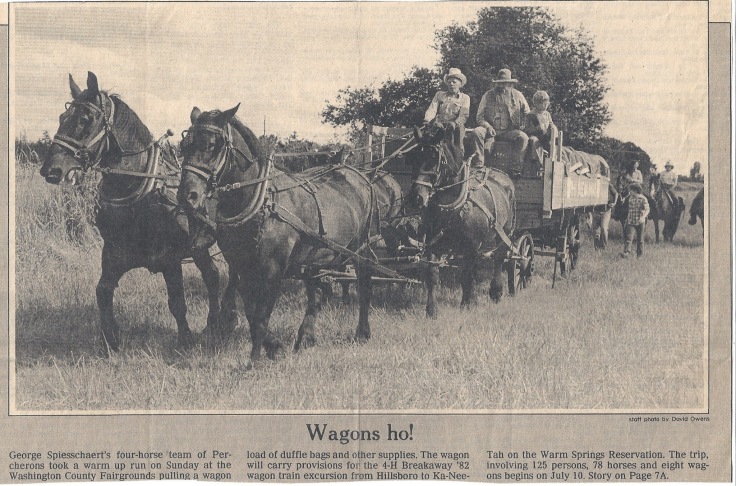It’s year-36 for 4H Wagon Train and my second year as a Teamster on this adventure. Last year’s 70+ mile Trek on the Barlow Road in the Mount Hood National Forest was a life-changer for me. It might not seem possible, but my passion for 4H Wagon Train has grown in the months since my last post. Everything seems to be related to Wagon Train – what I read, gear I buy, horse-activities – most of my casual conversations seem to unintentionally funnel into a discussion of Wagon Train.
My affection for my Wagon Train family also grew during the months since we concluded our 7-day journey together last July. I’ve reunited on various occasions with new friends from Wagon Train and deepened my connection to Teamsters and other leaders who mentored me through my first year. I’ve also come to know more about the amazing family of devoted volunteers who quietly and humbly put heart and soul into making the 4H Wagon Train adventure happen – with over three decades of experience and a solid record of success, their work is truly a wonderment.
I hope to repeat the success of my year-one experience, as it needs no improvement, but there will be one change – I’ll have a new Swamper this year, Grace Clark. Grace is a 14 year old, 8th-grader with a great passion for horses and learning and improving herself as a horsewoman. Last year, Grace approached me on day-one hour-one of Wagon Train Tune-Up to offer help with my team of horses. That day she picked-out hooves, and by the last day of Wagon Train Grace was harnessing and driving as well as any pioneer. Jeff Clark, Grace’s dad, told me that whenever he was looking for Grace during Wagon Train he knew he could find her hanging around the teamsters looking for horse(and mule)-related jobs. (If you read last year’s “Wagon Train Connectivity” post about two teenage brothers on the very first 4H Wagon Train, this behavior might sound familiar). Grace might be making an appearance in this blog with her views of her first 4H Wagon Train experience. For me, Grace has given even greater meaning to Wagon Train in year-two.
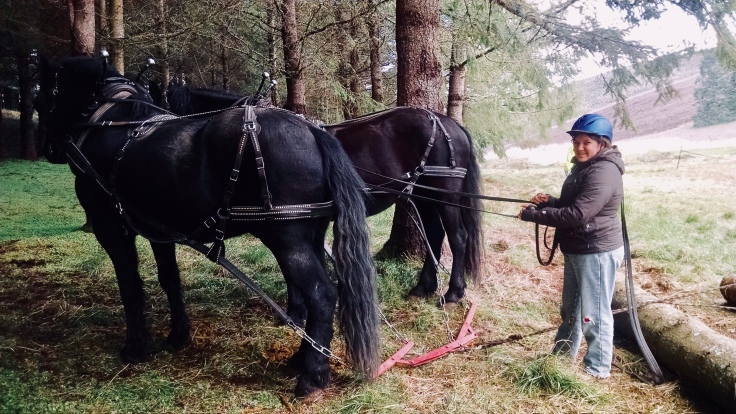 Since the end of Wagon Train last year, Grace has taken every opportunity to drive, plow and log with horses and mules, and gained impressive skills and confidence. Grace turned her new learning experience into a school project and she made the local news. She has many qualities that I appreciate, but her calm, quiet, self-assuredness around horses and mules is what I believe will make her a great Swamper and someday a great Teamster. I am happy and proud that Grace will sit beside me on the seat of the wagon as my Swamper for every mile of the 2018 4H Wagon Train as my Swamper.
Since the end of Wagon Train last year, Grace has taken every opportunity to drive, plow and log with horses and mules, and gained impressive skills and confidence. Grace turned her new learning experience into a school project and she made the local news. She has many qualities that I appreciate, but her calm, quiet, self-assuredness around horses and mules is what I believe will make her a great Swamper and someday a great Teamster. I am happy and proud that Grace will sit beside me on the seat of the wagon as my Swamper for every mile of the 2018 4H Wagon Train as my Swamper.
Swamper is an 1850’s slang term for “assistant” which meant someone who worked with loggers to clear roads through a swamp. The moniker transferred into many industries to mean someone who does odd jobs and keeps things running smoothly. On a wagon train, the Teamster and the Swamper work together for the care and maintenance of the team, equipment and wagon, and if the Teamster is disabled the Swamper takes over. The Swamper plays a vital role in wagon operations – she is the sidekick and navigator, she is an extra pair of eyes and hands and an extra brain to calculate safety and avert crisis. On a steep trail, the Swamper is the invaluable brakeman – she uses all of her strength to lever the handle of the brake as tight as possible against the rear wheels to prevent the wagon from pushing the team down hill or running them down.
I am already counting the days until Tune-Up weekend in June when we make sure the team, wagon and equipment are trail-ready for the big week-long Trek in July. Grace and I will also get to practice as a two-woman crew taking care of two 1,800 lb. horses, a 2,000 lb. wagon and all the necessary gear. I’m also gearing up to continue this blog writing project – last year I wrote a dozen installments to this blog telling the story of getting ready for my first wagon train and the history of this uniquely American experience. If you’re interested, you can go back to my 2017 posts to this blog to get the story of year-one. This year, I hope to share more about the people of wagon train, past and present. My next post will be about human perseverance and includes the remarkable story of the great grandmother of one of our very own 20-year 4H Wagon Train veterans.
If you are considering participating in 4H Wagon Train, the Tune-Up weekend is a wonderful way to get yourself ready and see what it’s all about – this year it will be at the beautiful 4H Center outside of Salem June 9-10, 2018, outriders and walkers are welcome (*limited availability)! Participants are required to attend at least one of the three 4H Wagon Train orientation meetings – more info at www.4HWagonTrain.org.
The first 2018 4H Wagon Train orientation meeting is only 3-weeks away, on March 17th! It’s the best meeting of all because the excitement has been building all Winter. We will meet new folks who want to hear about our favorite summer pasttime, and the best “summer camp” ever invented, and we will reunite with members of our existing wagon train family for the kick-off. Hope to see ya’ll there!












 I inventoried my outdoor-adventure socks (the ones without holes) and came up way short…and my disposable socks from Costco were not worthy of an adventure. So I sock-shopped, I gagged at the prices (OMG!), shopped for bargains and then splurged. Now I have 10 pairs amazing adventure socks! (Yes, I will run them all through the wash once before I pack them – cuz’ new fabrics have loose fibers that cause all kinds of problems, especially when shoved into boots.)
I inventoried my outdoor-adventure socks (the ones without holes) and came up way short…and my disposable socks from Costco were not worthy of an adventure. So I sock-shopped, I gagged at the prices (OMG!), shopped for bargains and then splurged. Now I have 10 pairs amazing adventure socks! (Yes, I will run them all through the wash once before I pack them – cuz’ new fabrics have loose fibers that cause all kinds of problems, especially when shoved into boots.) “Components are sleeping mat, wool blanket, 0 degree or better sleeping bag, pillow, bivy sack, large laundry bag. Put wool blanket in bottom of bivy sack, sleeping bag on top of it, roll and put in laundry bag.
“Components are sleeping mat, wool blanket, 0 degree or better sleeping bag, pillow, bivy sack, large laundry bag. Put wool blanket in bottom of bivy sack, sleeping bag on top of it, roll and put in laundry bag.








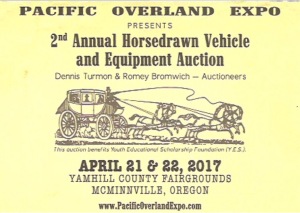





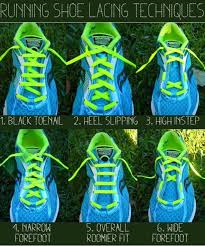
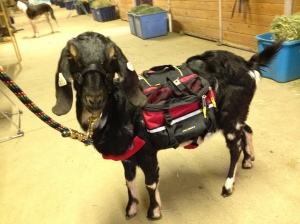

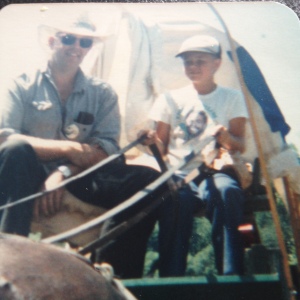
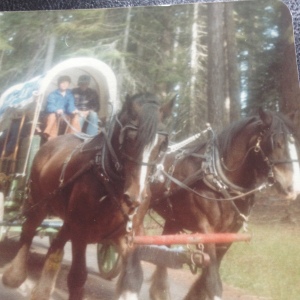
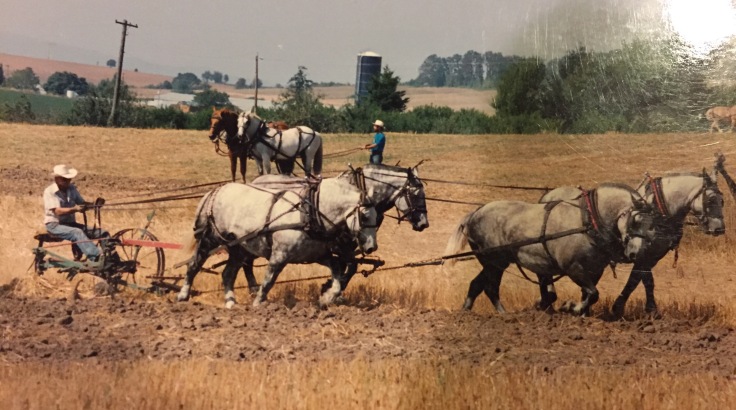 The family started making preparations for their first trip with 4-H Wagon Train, but Rhonda’s dad died before the trip happened. Charlie decided they were still going and built his own wagon for the occasion. Rhonda, a passionate 4-H event rider who grew up sitting on top of one of the plow horses as her grandpa plowed his fields, would not be left behind.
The family started making preparations for their first trip with 4-H Wagon Train, but Rhonda’s dad died before the trip happened. Charlie decided they were still going and built his own wagon for the occasion. Rhonda, a passionate 4-H event rider who grew up sitting on top of one of the plow horses as her grandpa plowed his fields, would not be left behind.




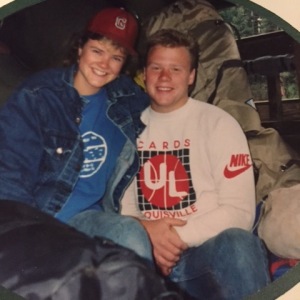
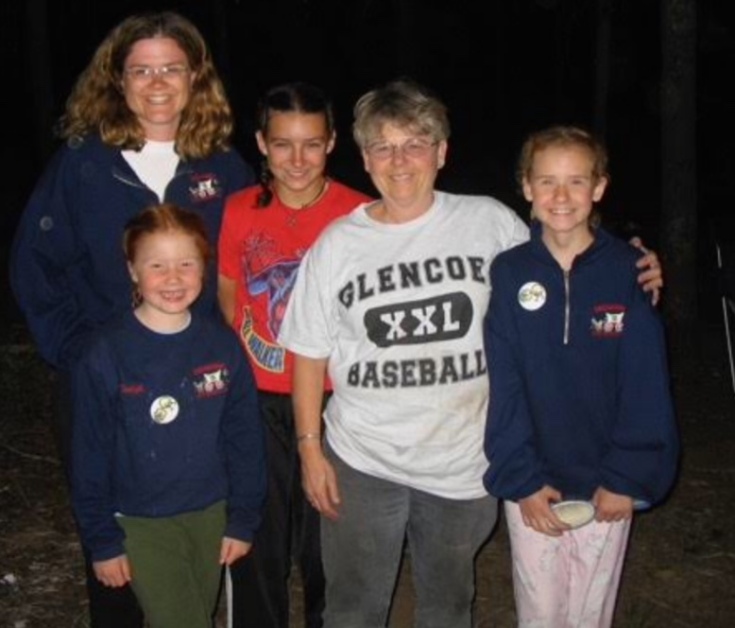
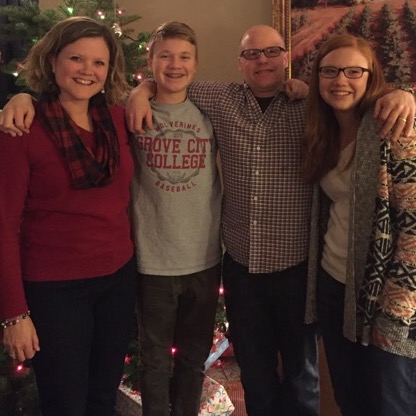
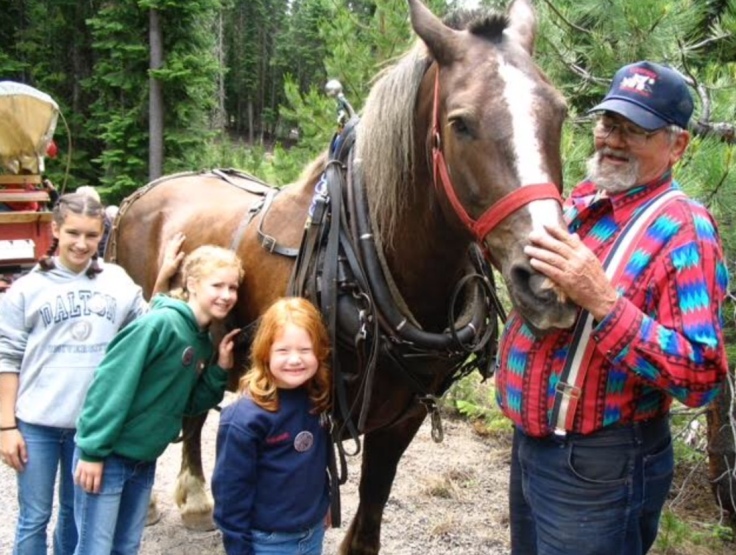
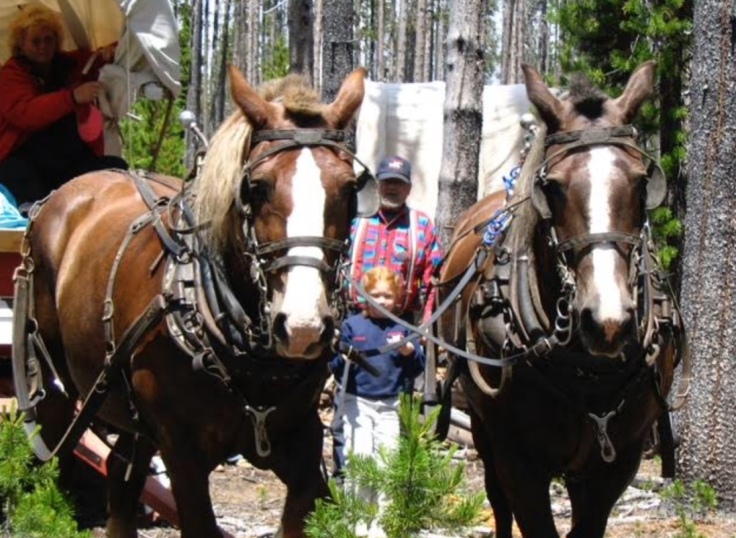
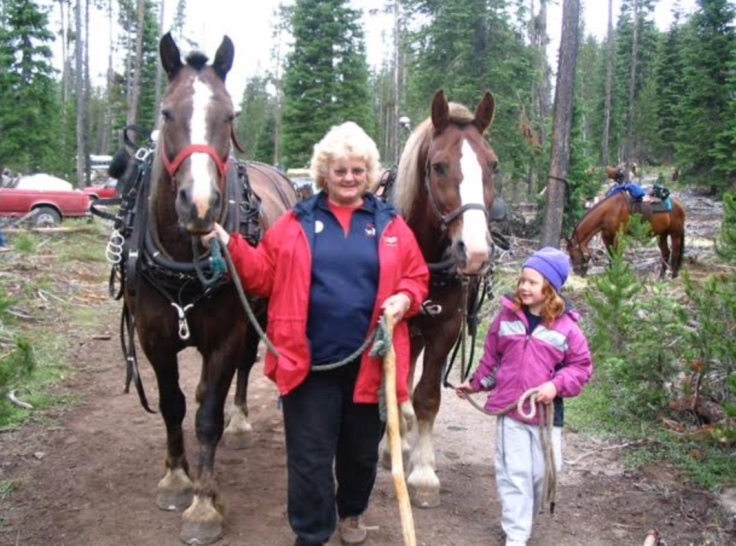

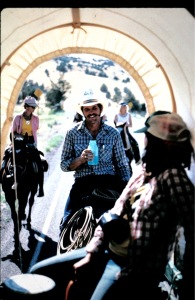 The three Teamsters who spearheaded the effort and laid the lasting foundation for Lyle’s dream project were Lyle’s dad, George Spiesschaert, Morris Everude and George Horner. They were the ones who designed and built the first 4-H Wagon Train event, along with input and hard work from many other people who were involved in the first and stayed involved to build the program for many years thereafter. They figured out what it would take to outfit and supply the group, including wagons and horses and food and water for people and animals. They planned the route and led the group down the trail. They studied and calculated and made lists and collaborated and organized. Their families, particularly the Teamsters wives who hosted frequent meetings, were also a major part of the effort.
The three Teamsters who spearheaded the effort and laid the lasting foundation for Lyle’s dream project were Lyle’s dad, George Spiesschaert, Morris Everude and George Horner. They were the ones who designed and built the first 4-H Wagon Train event, along with input and hard work from many other people who were involved in the first and stayed involved to build the program for many years thereafter. They figured out what it would take to outfit and supply the group, including wagons and horses and food and water for people and animals. They planned the route and led the group down the trail. They studied and calculated and made lists and collaborated and organized. Their families, particularly the Teamsters wives who hosted frequent meetings, were also a major part of the effort.